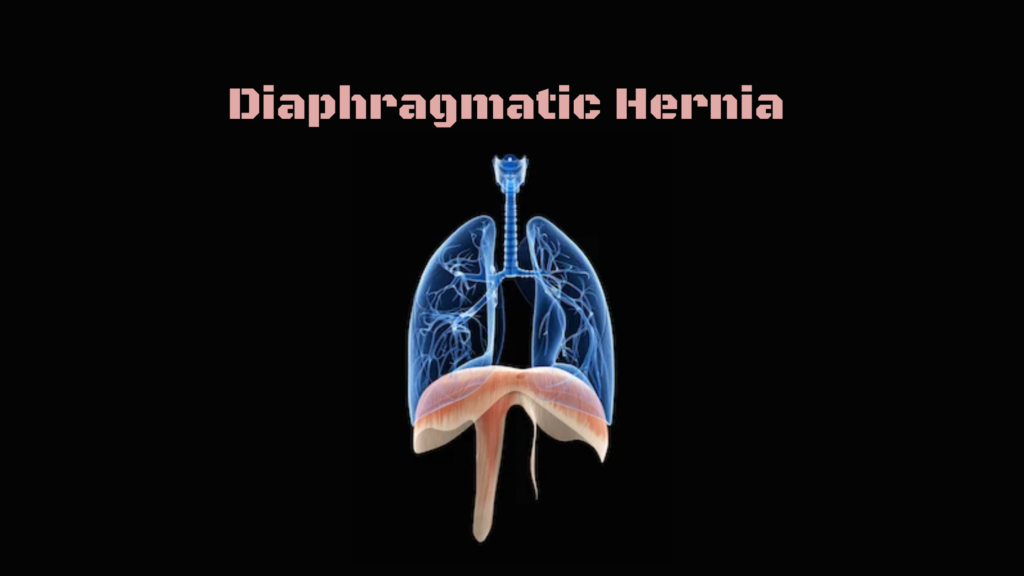Diaphragmatic paralysis or paresis refers to loss (paralysis) or weakness (paresis) of diaphragm muscle function, typically due to phrenic nerve dysfunction. This can result in breathing difficulty, especially when lying down or during exertion.
🧠 Key Differences
| Term | Meaning |
|---|---|
| Paralysis | Complete loss of diaphragmatic movement |
| Paresis | Partial weakness of diaphragm |
🧬 Causes
🔹 Neurologic
- Phrenic nerve injury (surgery, trauma)
- Cervical spinal cord injury (especially C3–C5)
- Guillain–Barré syndrome
- Multiple sclerosis
- Amyotrophic lateral sclerosis (ALS)
🔹 Mechanical/Trauma
- Chest or neck trauma
- Cardiac surgery (e.g., CABG)
- Tumors compressing the phrenic nerve
🔹 Infectious
- Viral neuropathy (e.g., herpes zoster, polio)
- Lyme disease
🔹 Idiopathic
- No known cause; may recover spontaneously
⚠️ Symptoms
🧑 Adults:
- Shortness of breath (especially when lying down—orthopnea)
- Fatigue
- Reduced exercise tolerance
- Shallow breathing
- Sleep-disordered breathing
👶 Infants/Children:
- Rapid breathing
- Paradoxical abdominal movement (chest rises, abdomen sinks on inhalation)
- Difficulty feeding or poor growth
🧪 Diagnosis
🩺 Clinical Examination
- Paradoxical movement of abdomen (rises during exhalation)
🧪 Imaging & Tests:
- Chest X-ray: elevated hemidiaphragm
- Fluoroscopy (“sniff test”): paradoxical upward movement of diaphragm on sniffing (indicates paralysis)
- Ultrasound: assess diaphragm motion and thickness
- Pulmonary function tests:
- Reduced vital capacity (especially when supine)
- Restrictive pattern
- Electromyography (EMG): phrenic nerve conduction studies
💊 Treatment
✅ Mild/Asymptomatic Cases:
- Observation and monitoring
- Breathing exercises, pulmonary rehab
❗ Symptomatic or Severe Cases:
- Non-invasive ventilation (e.g., BiPAP, especially at night)
- Diaphragmatic plication surgery (tightening/repositioning diaphragm to reduce paradoxical motion)
- Phrenic nerve stimulation (in selected cases)
🧒 In Children:
- May need mechanical ventilation temporarily
- Some recover spontaneously if nerve damage is not permanent
🛡️ Prognosis
- Depends on cause: recovery is possible in post-viral or post-surgical cases
- Bilateral paralysis is more serious and often requires long-term ventilation
- Early recognition and supportive care are key
